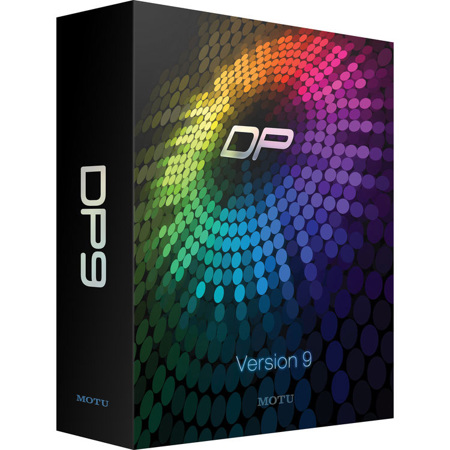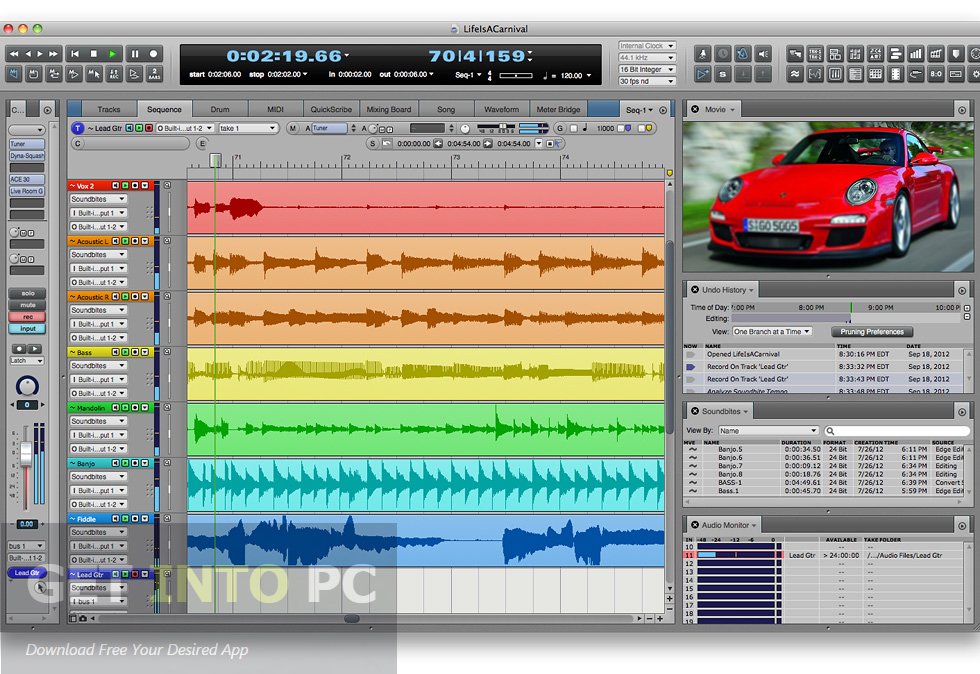Motu Digital Performer Keygen Generator

Feb 09, 2016 MOTU Digital Performer v9.02 Incl Keygen-R2R has been exclusively released on AudioZ by DECiBELLE who chose to ask not to post mirrors. Please respect the uploader's wishes. Keycode Activation for Digital Performer When you first run the Digital Performer application, it asks that you type in your email address, name, and keycode. If you purchased a boxed copy of DP from a store, your keycode can be found on a card in the box.
A variety of plug-ins in Digital Performer take on new or enhanced roles when you investigate their audio and MIDI side-chain capabilities, while others are simply more interesting and useful than you might first suspect. Can you honestly say you use all the features of DP 's plug-ins? Iit mathematics by ml khanna pdf. If not, prepare to be intrigued, as we dig deeper into Dynamics, Multimode Filter, Sonic Modulator and more, in search of the facilities you didn't know were there.
In Digital Performer, there's more to some plug-ins than meets the eye. Just when you thought you knew what you could expect from a given plug-in, you discover that it has side-chain audio connections, can have its parameters controlled by MIDI, or has other unexpected features that open up all sorts of sonic possibilities. This month, we blow the lid offf the hidden lives of plug-ins both mainstream and a little more specialist. The vast majority of audio plug-ins take an audio signal, process it in some way and spew out the resulting modified signal. But a few — notably dynamics processors such as compressors and gates — can accept an additional audio signal via a 'side-chain' connection, to influence their operation in some way. DP has its share of side-chain-equipped plug-ins, all of which can do some interesting things when their side-chains are pressed into service.

Perhaps the most conventional manifestation of side-chain routing is in the Dynamics plug-in. Using this, it's possible to set up compressor pumping and ducking effects and the sort of rhythmic keyed-gate effects that you often hear applied to vocals or synth pad sounds. Provodyaschaya sistema serdca gistologiya prezentaciya. Dynamics ' side-chain is implemented in a very straightforward way and is easy to use.
To demonstrate this, let's consider how you'd set up a so-called 'keyed' gate effect. The idea is to place the Dynamics plug-in on a track that is playing back a sustained sound (such as a pad or string section), and then control the opening and closing of its gate with a signal from elsewhere in DP — perhaps a hi-hat track or even a live input — routed to the Dynamics side-chain input. The result is an unnatural stuttering of the sustained sound as the gate opens and closes, which can really spice up an otherwise boring pad part. The hi-hat (or other signal) that is 'keying' the gate is not routed into the audible signal chain; it's just a control signal, which is exactly how MOTU refer to it. The first step is to place the Dynamics plug-in on a track that contains some sustained (or at least fairly continuous) audio and switch Dynamics into Gate mode, using the buttons at the top of the plug-in window.
The default behaviour of Dynamics is not to use a side-chain at all, and this is the case when its Control Signal pop-up menu (to the right of the Control level meter) is set to 'Input'. This is the setting you'd use when using the Gate in the normal way, such as when cleaning up a noisy vocal track. However, we want to disassociate the action of the gate from the level of the input signal, so instead choose a buss from the pop-up menu. This is the basic Dynamics side-chain set up to achieve a rhythmic gate effect. The Dynamics plug-in itself is placed on a track containing a sustaining pad sound, while audio from a more percussive track is routed to its side-chain via one of DP's busses. Now you need to route your new control signal to the Dynamics side-chain input.